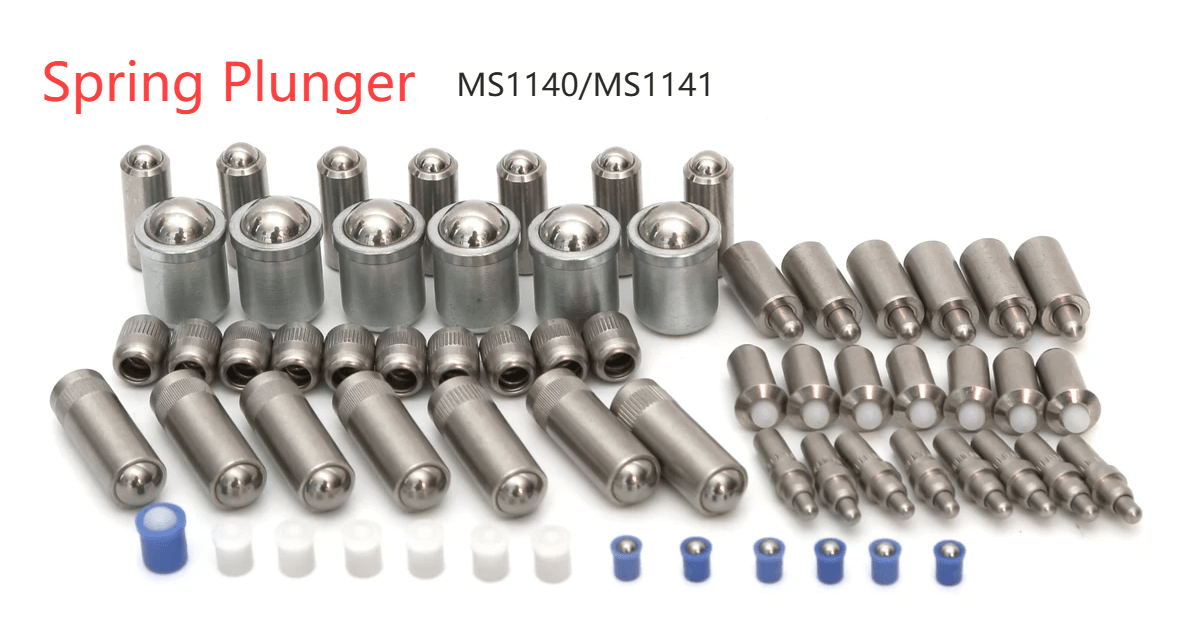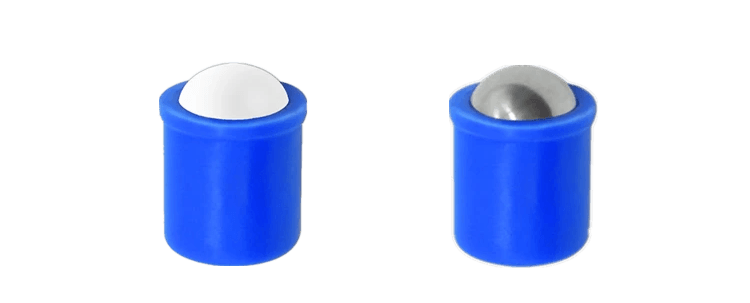Spring plungers are used in applications that require strict force requirements. The material selection depends on the specific application requirements.

The materials typically used include stainless steel grades 303, 304, and the higher-grade 316. The components, such as steel balls, springs, and the main body of the plunger, can also be selected based on the environmental requirements of the application. Steel balls are generally made from grades 304, 316, or 440C, with 440C being the most suitable for environmental conditions but also the most expensive. The cost of a 440C steel ball is three times that of a 304 steel ball. 440C steel balls have a default hardness of 55 Rockwell hardness, offering the best toughness and corrosion resistance. Another corrosion-resistant material is 316, but its hardness is significantly lower than that of 440C. If the primary function is to remove the plunger, 304 steel balls can generally be selected.
The typical material choices for springs are 304 stainless steel and spring steel. The material can also be selected based on the spring's operating environment. 304 stainless steel offers a better operating environment than spring steel, but its elasticity and elongation properties are inferior. Therefore, for applications requiring high elasticity, spring steel is used. However, spring steel is inherently carbon steel, it is prone to rusting. Therefore, the commonly used surface treatment methods are electroplating or simple rust-proofing treatments.

First is POM material, which can meet cost and anti-static requirements. The colors available are blue, black, and white, which are commonly used.
Our standard main material is stainless steel 303, but stainless steel 304 and 316 can also be selected depending on the usage environment. The cost of 303 material is relatively low. Therefore, the default stainless steel material is 303.
